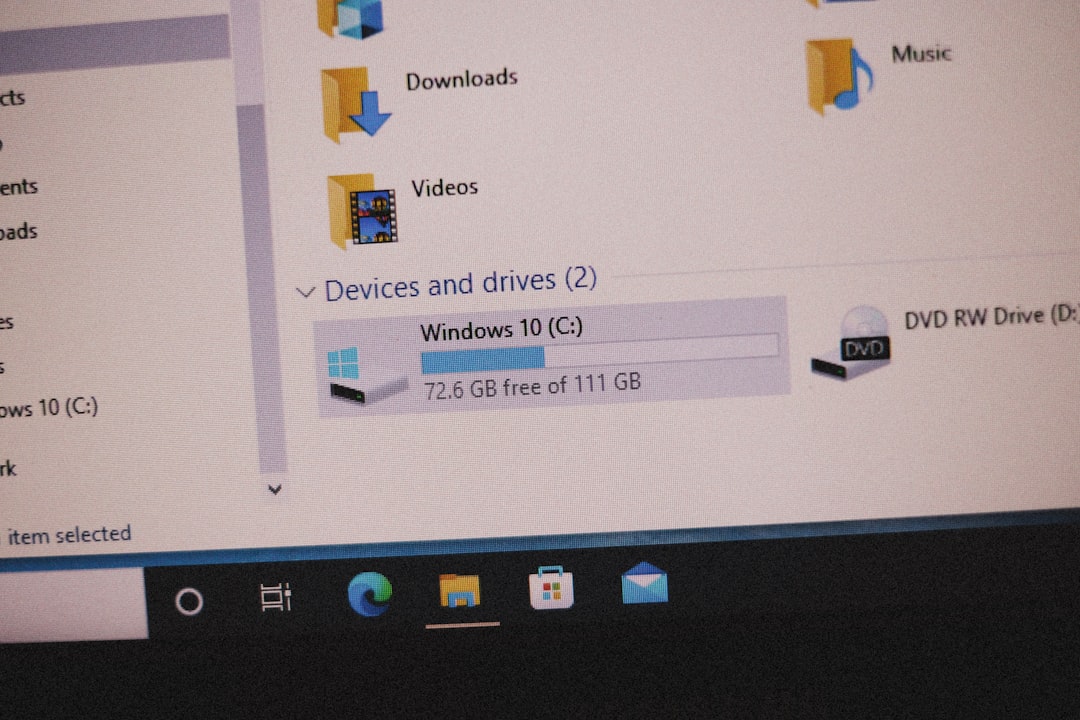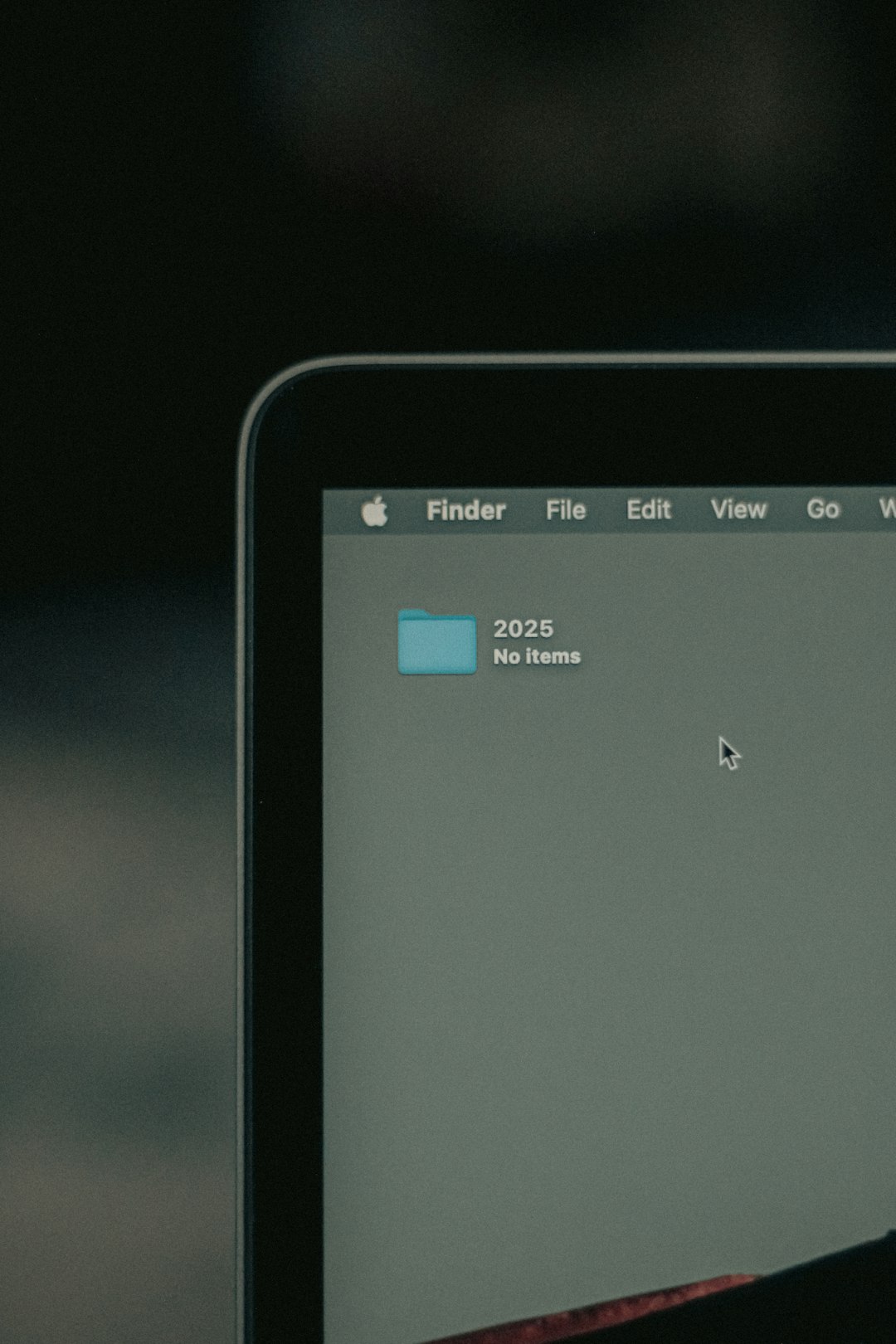Encountering the “GfxUI has stopped working” error on a Windows PC can be frustrating, especially when you’re in the middle of something important. This error typically points to an issue with Intel’s graphics user interface, often tied to Intel HD Graphics drivers. While it may seem alarming at first, the issue is usually fixable with a few straightforward troubleshooting steps.
Below, we’ll explore the most effective methods to fix this error, explain its root causes, and help prevent it from disrupting your workflow again.
Contents
What Triggers the “GfxUI Has Stopped Working” Error?
The “GfxUI has stopped working” message generally appears due to one or more of the following reasons:
- Outdated or incompatible Intel graphics drivers
- Corrupt .NET Framework installation
- Conflicts after Windows or driver updates
- System file corruption
This error is often associated with Intel HD Graphics Control Panel and may pop up randomly or when you try to access your graphic settings.
How to Fix the Error
1. Update Your Graphics Drivers
The most common cause of the issue is a faulty or outdated Intel graphics driver. Updating to the latest version can often resolve the problem.
- Press Windows + X and select Device Manager.
- Expand the Display Adapters category.
- Right-click on Intel HD Graphics and choose Update driver.
- Select Search automatically for updated driver software.
If Windows fails to find a newer driver, you can visit the official Intel Driver & Support Assistant page for a manual update.

2. Reinstall the Intel Graphics Driver
If updating didn’t help, a clean reinstall might do the trick.
- Go to Device Manager again.
- Right-click on your Intel graphics driver and choose Uninstall device.
- Check the box for Delete the driver software for this device and confirm.
- Reboot your computer.
- Upon restart, download and install the latest Intel graphics driver from the official website.
3. Repair or Reinstall Microsoft .NET Framework
The .NET Framework is a crucial component for running certain applications and services. If it becomes corrupt, it may trigger this error.
- Download the Microsoft .NET Framework Repair Tool.
- Run the tool and follow the on-screen prompts.
If that doesn’t help, consider installing the latest version of .NET Framework manually.
4. Perform System File Check
Corrupted or missing system files can lead to unexpected behaviors like the GfxUI error. Windows includes a built-in tool called SFC (System File Checker) to scan and restore these files.
- Open Command Prompt as Administrator.
- Type the following command and press Enter:
- Wait for the process to complete and then restart your PC.
sfc /scannow
5. Create a New User Profile
Oddly enough, sometimes this problem is tied to a corrupt user profile. Creating a new profile might eliminate the error altogether.
- Open Settings and go to Accounts.
- Select Family & other users from the sidebar.
- Click Add someone else to this PC and follow the instructions.
- Log in with the new user account and check if the error appears.

Preventive Measures For Future
To minimize the chances of this issue arising again, here are some general maintenance tips:
- Keep drivers regularly updated, especially after system updates.
- Install Windows updates to get essential patches that fix bugs and improve compatibility.
- Avoid installing unofficial software that might interfere with system operations or drivers.
Wrapping Up
While the “GfxUI has stopped working” error can be a hassle, you’re not without options. From updating graphics drivers to fixing corrupt system files, most users find that one of the above solutions resolves the issue effectively.
Good system hygiene goes a long way—so don’t neglect regular updates and preventive maintenance. If none of these methods work, it might be a good time to contact Intel support or consult IT professionals for advanced diagnostics.




